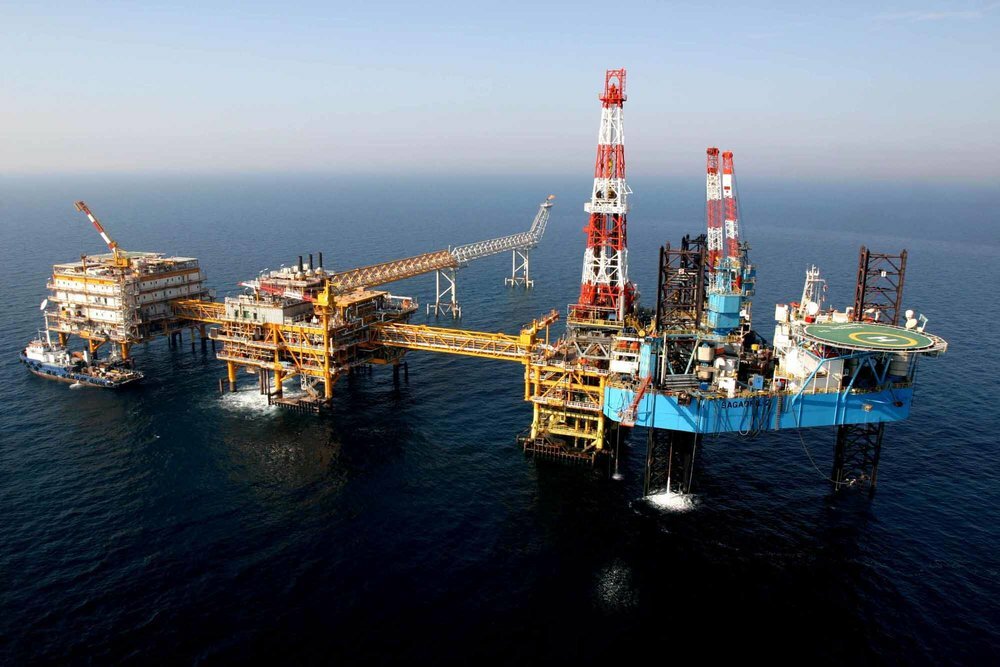South Pars annual gas output up 12%

TEHRAN-Production of gas in South Pars gas field (Iran shares with Qatar in the Persian Gulf) rose 12 percent in the past Iranian calendar year 1397 (ended on March 20, 2019) from its previous year, according to the managing director of South Pars Gas Company.
Hadi Hashemzadeh Farhang said it is while annual gas production in the field had experienced just seven percent rise in 1397 from its preceding year, IRNA reported.
The rise came as the result of putting new development phases of the giant gas field into operation which also let Iran to overtake Qatar in gas extraction from the joint field, the official further highlighted.
He said South Pars has 14 trillion cubic meters of natural gas and 19 billion barrels of gas condensate, which is equivalent to 50% of the country's overall reserves and 8% of the world's gas reserves.
On March 17, phases 13, 22, 23 and 24 of developing South Pars gas field were officially inaugurated by President Hassan Rouhani. Iranian Oil Minister Bijan Namdar Zanganeh also accompanied the president in the inauguration ceremony.
As reported, the total investment made in these mega projects is estimated at about $11 billion, which, given the country's gross domestic product (GDP) in the Iranian calendar year of 1396 (that was $427 billion), the value of the projects exceeds two percent of the country's total GDP.
With the inauguration of these phases, for the first time Iran’s gas production from the giant South Pars will exceeds that of Qatar.
The mentioned phases are aimed at production of 56 million cubic meters (mcm) of gas, 75,000 barrels of gas condensate and 400 tons of sulfur per day in addition to one million tons of ethane and one million tons of propane and butane per annum.
South Pars is divided into 24 standard phases of development in the first stage. Most of the phases are fully operational at the moment.
The huge field, which Iran shares with Qatar in the Persian Gulf, covers an area of 9,700 square kilometers, 3,700 square kilometers of which, called South Pars, are in Iran’s territorial waters. The remaining 6,000 square kilometers, called North Dome, are situated in Qatar’s territorial waters.
MA/MA
